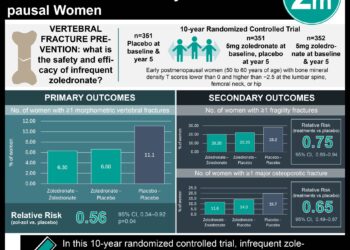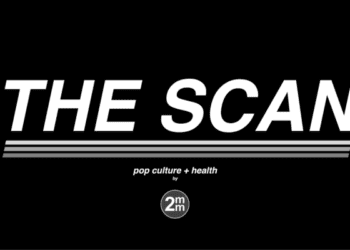Conjugated equine estrogens may elevate risk of venous thrombosis
Image: PD
1. Compared to oral estradiol use, oral conjugated equine estrogen (CEE) use was associated with an increased incidence of venous thrombosis in postmenopausal women.
2. Biological tests demonstrated that CEE users expressed a greater propensity for clotting than oral estradiol users. .
Evidence Rating Level: 3 (Average)
Study Rundown: While estrogens are known to be effective in treating post-menopausal symptoms, concerns regarding the comparative cardiovascular safety of these therapeutic modalities persist. Demonstrating the increased thrombotic potential of cojungated equine estrogen (CEE) versus oral estradiol, this study highlights an important consideration that must be taken into account when choosing an appropriate hormone therapy treatment option. Limitations of this study include its failure to capture the duration of hormone therapy use, which is a factor previous studies have shown to influence cardiovascular risk. Given its inherently limited case-control design, the study was also unable to to calculate absolute risk values. Further studies are required to confirm and stratify the cardiovascular risk levels of various oral estrogen drugs.
Click to read the study, published today in JAMA Internal Medicine
Relevant Reading: Hormone replacement therapy and the risk of venous thromboembolism: A population based study
In-Depth [case-control study]: This study compared cases of first-time myocardial infarction (MI), ischemic stroke, or venous thrombosis (VT) events in individuals using oral CEE or estradiol and no anticoagulation, and compared them to matched controls of postmenopausal women without such adverse events using oral CEE or estradiol and no anticoagulation. The thrombotic potential of a subset of control group members was assessed using a blood test (nAPCsr level) that measured the individual’s resistance to activated protein C, a circulating anticoagulant. Authors found an increased risk of VT in CEE users versus oral estradiol users (OR, 2.08; 95%CI, 1.02-4.27; P=0.45). Oral CEE users had an insignificant increase in MI risk compared to oral estradiol users (OR, 1.87, 95% CI, 0.91-3.84; P=.09) and no increased risk for ischemic stroke (OR, 1.13; 95% CI, 0.55-2.31, P=.74). After adjusting for a variety of factors, the mean nAPCsr level of CEE users was 63% greater than that of estradiol users (95%CI, 1.24-2.28; P<.001).
By Priyanka Vedak and Rif Rahman
More from this author: Iron use does not increase incidence of malaria in young children, Childhood food allergies associated with significant direct medical costs
© 2013 2minutemedicine.com. All rights reserved. No works may be reproduced without expressed written consent from 2minutemedicine.com. Disclaimer: We present factual information directly from peer reviewed medical journals. No post should be construed as medical advice and is not intended as such by the authors, editors, staff or by 2minutemedicine.com. PLEASE SEE A HEALTHCARE PROVIDER IN YOUR AREA IF YOU SEEK MEDICAL ADVICE OF ANY SORT.






